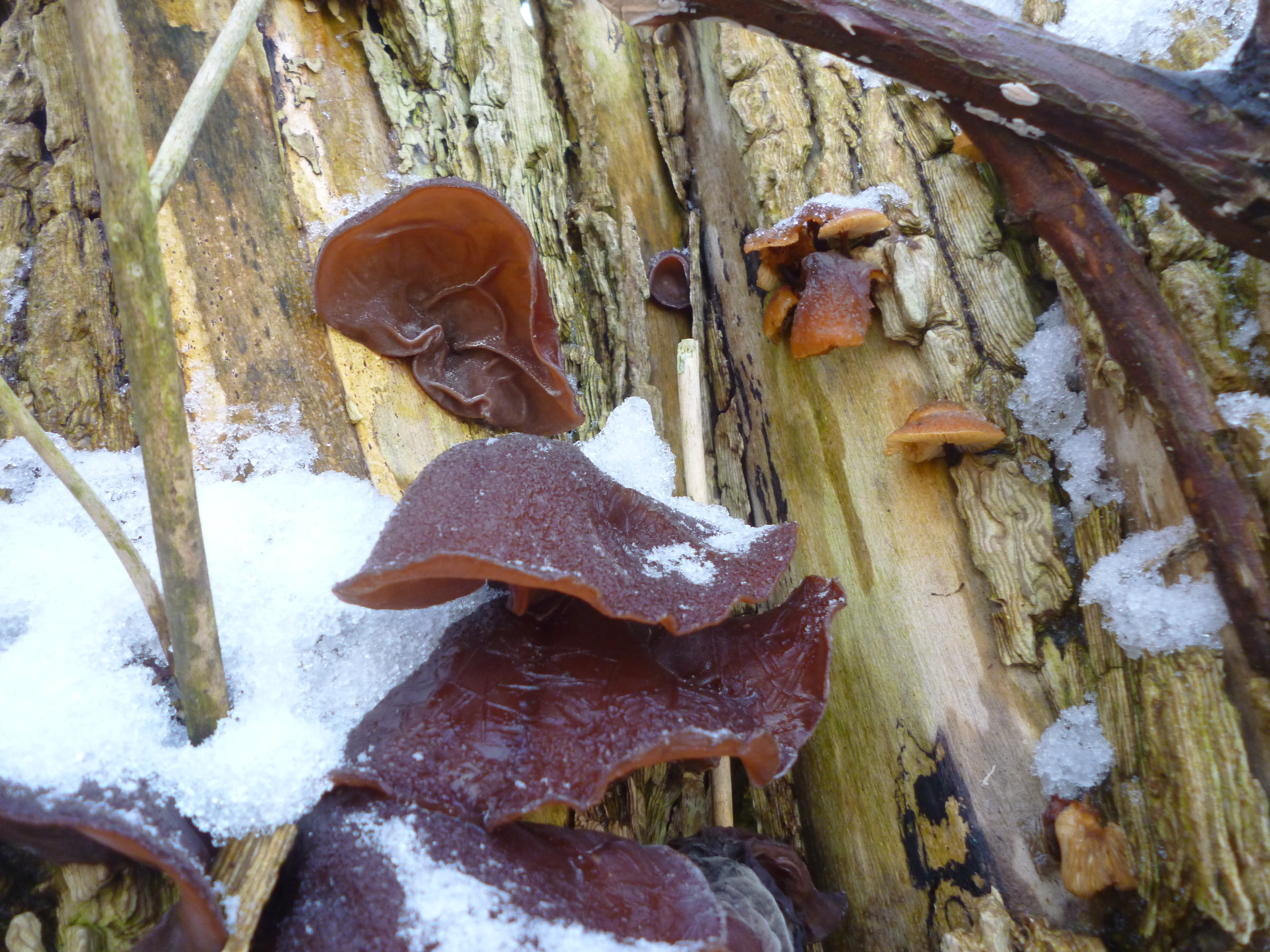Japanese Knotweed Fallopia japonica is a plant that can divide forages from allotmenteers. Many foragers love the stuff whilst allotmenteers dread seeing it. Why, you may well ask? Well it is because it is such a thug in fact to call i t a thug is to play down its perniciousness. This weed is more like a guerrilla force than a thug, in the plant kingdom this stuff makes mint, brambles and couch grass look like Luxembourgs army.
t a thug is to play down its perniciousness. This weed is more like a guerrilla force than a thug, in the plant kingdom this stuff makes mint, brambles and couch grass look like Luxembourgs army.
This plant is hardy up to temperatures of −35 °C and to ensure that you have gotten rid of it you have to dig down up to 3m to get every last bit of the root. It can grow very quickly at 3cm a day and reach a height of 3m. This plant is worse than having your brother come and stay for just one night, as once this plant arrives it is very difficult to get it to go! It can grow through tarmac, walls I have heard of one woman who dag and day over 5 years and has now eradicated it from her garden – I will add that this is a woman I met on a boat and I have never seen her again to verify if she has still got rid of it. Mostly it is sprayed and sprayed with powerful herbicides and this is the only way many people can get it to go.
So why would you want rid of it, well I love the way that Paul Kingsnorth likens this plant to a major supermarket in his book real England. The following paragraph beautifully sums up how both knotweed and Tescos behavior.
“Just as Knotweed is all cloned from one single plant, so the big chains are all cloned from global corporations. Just as Knotweed makes it impossible for the local plant life at its roots, and thus kills off the local insects and the local birds, so the big chain shops kill off the local independent shops around them and thus destroys the local economy. Just as Knotweed will come back again several growing seasons in a row until those of us out there with mallets and rollers are exhausted, so a big supermarket, refused planning permission, will apply again and again until the Council and local people are worn down and give in.”
I guess you are wondering why foragers might like it. Well it is because as the title of this blog suggests, it can be eaten as a food at this time of year in the UK. The trick is to cut it when it is about 15-20cm tall. It has a taste very similar to Rhubarb when cooked. In fact replace rhubarb with knotweed in any recipe and you can’t go far wrong.
fool – knotweed fool
Knotweed fool
 This is simply a fruit fool made like any other. It is absolutely delicious and I think could easily start to show up on menus. Perhaps I should send my recipe to Heston Blumenthal.
This is simply a fruit fool made like any other. It is absolutely delicious and I think could easily start to show up on menus. Perhaps I should send my recipe to Heston Blumenthal.
Ingredients
- 2 tablespoon of sugar or half a litre of apple juice
- A big handful of knot weed (12 shoots)
- 2 Bananas
- 1 cup of double cream
Method
Cook the knotweed for a few minutes in sugared water (or apple juice) until tender. Strain and blend until proper mash up. Throw in the bananas and blend them too. In the meantime beat the cream until it is stiff. Fold in the resulting goo. Refrigerate for about an hour and serve with a foolish counternance.
Steamed knotweed
I have read that you can serve knotweed like a vegetable, simply steam it. However, it does taste like rhubarb with a texture like asparagus. It is certainly interesting and I think I will need to experiment with it further before I can really suggest that it works.
Advice on harvesting knotweed and the law
As knotweed is such an invasive plant you have to be aware that it can be regually sprayed. The patch that I found is in an area that I walk past every day and so I know that it is safe. If you have any doubt about your patch of knotweed being sprayed then I would strongly advise on leaving it well alone, it is simply not worth the risk. I have seen a patch that has been sprayed for knotweed and 3 years on it is still fairly barren.
A second note of warning is about the crop once you have picked it. Do only use the first shoots of the year (15-20cm or 6-9 inches) as the adult plants are not only too tough to eat but they have a sap inside them that can leave your mouth blistered.
Whenever we contduct our wild food walks we always tell people to only pick what they will eat and leave at least a 2 thirds of the plant or if there is only one plant in one area then leave it alone. Japaneses knotweed is slightly different in that (I personally think) you are doing a bit of service by harvesting it as it must weaken the plant. So take as much as you use and even cook it up and freeze it. Although do use all of it, I have heard of people throwing bits away only to find it growing out of the bin. So I would advise burning anything that you have left over or at least try cooking and eating all of it.
Remember that the plant can grow from a piece of the root the size of your thumbnail so it is rightfully covered by the Environmental protcetion act (see below).
Environmental Protection Act 1990
Japanese Knotweed is classed as ‘controlled waste’ and as such must be disposed of safely at a licensed landfill site according to the Environmental Protection Act (Duty of Care) Regulations 1991. Soil containing rhizome material can be regarded as contaminated and, if taken off a site, must be disposed of at a suitably licensed landfill site and buried to a depth of at least 5 m.An offence under the Wildlife and Countryside Act can result in a criminal prosecution. An infringement under the Environmental Protection Act can result in enforcement action being taken by the Environment Agency which can result in an unlimited fine. You can also be held liable for costs incurred from the spread of Knotweed into adjacent properties and for the disposal of infested soil off site during development which later leads to the spread of Knotweed onto another site.
Herbal uses
My herbalist friend Max gets very excited about knotweed as it contains a resveratrol. A link to his site explaining the herbal uses will be arriving shortly*
*When he gets round to writing it.
Some Japanese Knotweed videos
A very infromative video about knotweed.
Here is a poem about Knotweed in Wales.



Very informative post, thank you
Very interesting article, I have to qualify one point though. There is no mention of knotweed in the EPA Act 1990. The duty of care regulations within the act refer to any waste material. Knotweed becomes waste only once it is excavated. If left In Situ it is not waste and therefore not affected by the act.
It is however mentioned in the Wildlife and Countryside Act 1981 – Listed under Schedule 9, Section 14 of the Act, it is an offence to plant or otherwise cause knotweed to grow in the wild.
There is a code of practice produced by the Environment Agency.